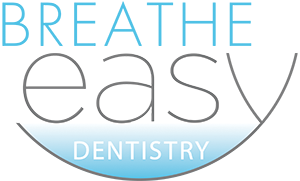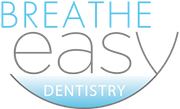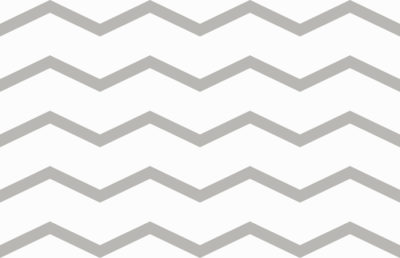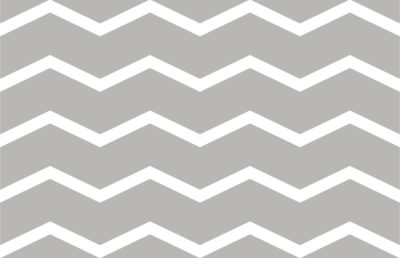Project Description
What is TMJ?
TMD or Temporomandibular Disorders are a group of maladies which can effect the temporomandibular joints (the jaw joints), as well as the associated muscles of the jaw, face and neck.
Symptoms:
Headaches (over or behind the eye, temples and the base of the skull)
Generalized facial, neck and shoulder pain
Ear symptoms: Pain directly in front of the ear, ringing, buzzing and congestion
Dizziness
Difficulty swallowing, throat pain, burning tongue syndrome
Clicking/grating noises in the jaw with chewing, opening and closing movements
Jaw locking in the open or closed position
Cold hands and feet
Who Needs Treatment?
Its simple, you need treatment if you have any of the following:
Pain upon opening your mouth, eating food, swallowing, talking, or yawning.
Dysfunction – an inability to open your mouth fully to normal opening without problems and cannot move your jaw in all directions without hindrance and/or pain.
Quality of life – your TMJ is causing you a negative change in the quality of your life (i.e. missing events and opportunities because of headaches, your friends comment on your jaw popping, etc.).
Estimates would suggest that as high as 20% of the American population possess one or more of the symptoms of a TMJ disorder, however; all of these individuals may not have conditions severe enough to warrant treatment. Many sufferers have developed debilitating pain, which degrades the quality of their life; making family, social and business relationships difficult if not impossible.
Types of Treatment
Definitive Treatment has a goal of correcting the disorder. Most cases involve a non-surgical jaw positioning appliance worn 24/7 with permanent alteration of the bite followed by orthodontics, crowns, bridges, or partials. Referrals to an ENT, chiropractor, podiatrist, and/or physical therapist are possible depending on the existence of cofactors. As a last resort, on extremely rare occasions, a surgical approach may be necessary.
Supportive Therapy has a goal to help the person adapt to their disorder by jaw appliance therapy worn less than 24 hrs/day, medications, physical therapy, biofeedback, soft diet, and alteration of bad habits. Referrals to an ENT, chiropractor, podiatrist, and/or physical therapist are possible depending on the existence of cofactors.
More Information
TMJ Dysfunction is a popular term to describe a disorder of the jaw joints or the muscles that control the joints. Various terms are used to describe this disorder. In this article we will use the dental term, “Craniomandibular Dysfunction.” Symptoms masquerade as a multitude of other problems such as sinus headaches, migraines, neck and shoulder stiffness and earaches. Such symptoms may relate to your bite and how they can successfully be treated by a dentist who has special education in managing these disorders.
Craniomandibular Dysfunction is a dental term, which describes a collection of symptoms, which result when the chewing muscles and jaw joints do not work together correctly. “TMJ” is a popular term commonly used to describe the same group of symptoms. TMJ stands for Temporomandibuilar Joints. These are the two joints that connect your jaw to your skull. When these joints are out of place, they can cause many problems, such as:
* Clicking or popping of the jaw joints
* Pain in or around the jaw joints
* Locking or limited opening of your mouth
The primary problem can be in the joints themselves, the muscles of the face and jaw, or a combination of these. The term Craniomandibular Dysfunction (cranio = head; mandibular = jaw) is a more descriptive term because it refers to problems involving both the jaw joints themselves and the muscles of the face and head. Because the symptoms masquerade as so many other conditions, many people travel from doctor to doctor in search of a cure. It is estimated that as many as 44 million Americans suffer from one or more of these symptoms. Many never think to seek a dentist for help.
The structures that make it possible to open and close your mouth include the bones, joints, and muscles. These are very specialized and must work together whenever you chew, speak, or swallow. Your teeth are inserted in your jawbone. At the other end of your jawbone are the temporomandibular joints. These joints attach your jaw to your skull. Muscles attach both the bones and joints and allow them to move. Any problem which prevents the complex system of muscles, bones, and joints from working together in harmony may result in Craniomandibular Dysfunction.
There are various ways this system can be disrupted, such as accidents involving a blow to the face or a whiplash. Yet the most common cause of Craniomandibular Dysfunction relates to your teeth and your bite. If your bite isn’t right, it can affect both the muscles and the joints. What do we mean by a “bad bite”? We mean that your upper and lower teeth do not come together in a way that provides the proper bracing support for your jaw against your skull. This might result from a missing tooth, misaligned teeth, or back teeth, which are too “short.”
Your upper and lower teeth must come together firmly each time you swallow. This happens over 2000 times each day and night! When your bite is unstable your muscles must work extra hard. This extra work makes them shortened and stiff. Eventually this strain makes them feel painful. A vicious cycle begins of increased tissue damage, muscle tenderness, and pain. The pain makes you feel tense and uptight. This worsens the muscle spasm, which in turn increases the pain.
The position of your teeth can also affect the position of your jaw joints. Each jaw joint is a ball and socket joint. When functioning properly, the ball and socket do not actually touch because a thin disc of cartilage rides between them. The disc acts as a cushion and allows the joint to move smoothly. Each disc is held in place and guided by muscle. If your bite is not right, the joint is pulled out of alignment. Typically the disc is pulled forward. Since it no longer serves as a cushion, the joint itself now rubs against the boney socket and presses on pain fibers. Mild displacements cause a clicking or popping sound in the jaw joint; more severe displacements can be very painful and eventually can cause permanent damage to the joint.
An unstable bite can cause both jaw joint displacement and muscle strain and pain. Many seemingly unrelated symptoms result which is collectively known as Craniomandibular Dysfunction. When this condition is prolonged, the body begins to compensate and adapt by involving muscles in the neck, back, and even sometimes those of the arms, fingers, pelvis, legs, and feet.
Since the teeth, jaw joints, and muscles can all be involved, treatment for this condition varies. Typically, treatment will involve several phases. The first goal is to relieve the muscle spasm and pain. Then, your dentist must correct the way the teeth fit together. Often a temporary device (known as an orthotic, or “splint”) is worn over the teeth until the bite is stabilized. Permanent correction may involve selective re-shaping of the teeth, building crowns on the teeth, orthodontics, or a permanent appliance to lay over the teeth. If the jaw joint itself is damaged, it must be specifically treated. Though infrequent, surgery is sometimes required to correct a damaged joint. Ultimately, your dentist will stabilize your bite so that the teeth, muscles, and joints all work together without strain. The important aim of correcting your bite is to insure optimal long-term health. If you have any of the signs or symptoms mentioned, discuss them with Dr. Chrisman. Your health is your most priceless possession. It is worth the investment!









